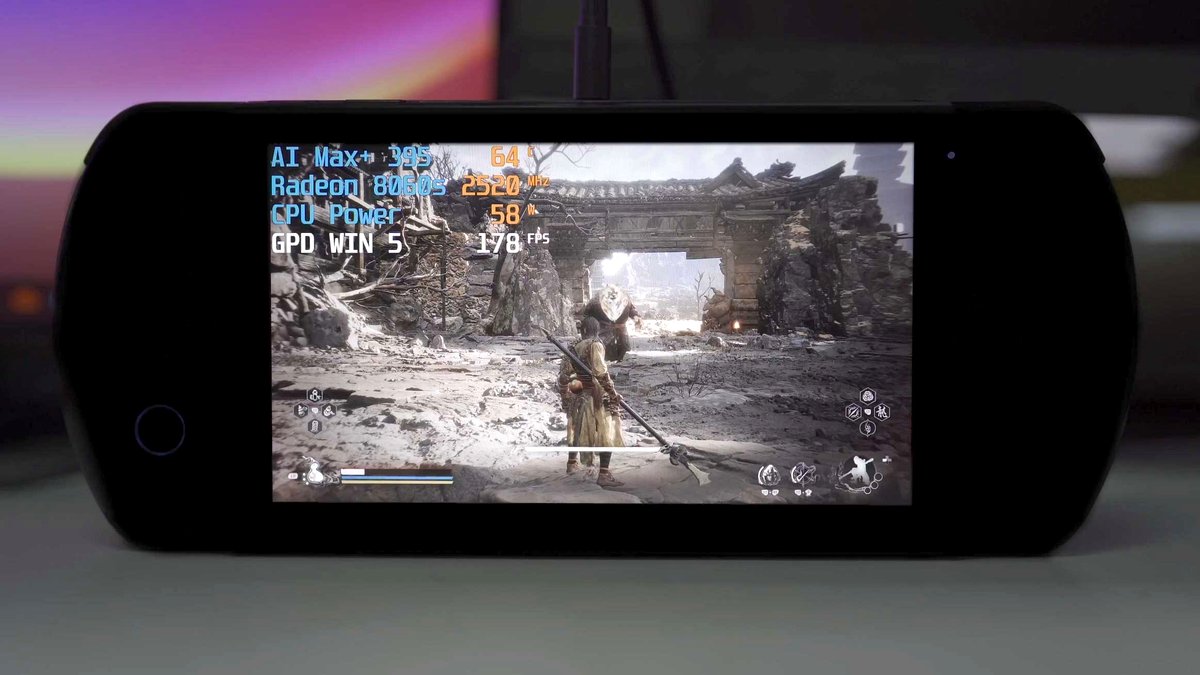Recent benchmarks comparing Intel's Core Ultra 7 258V (Lunar Lake) against AMD's Ryzen Z2 Extreme reveal a paradoxical situation for Intel's handheld gaming ambitions. While the performance gap has narrowed to single digits, Intel's declaration of handheld gaming as their "number one priority" comes at a time when AMD's ecosystem dominance appears increasingly insurmountable.
Performance Reality Check
The latest MSI Claw 8 AI+ benchmarks paint a nuanced picture of Intel's position. At the crucial 17W power level—where battery life matters most for handhelds—AMD's Z2 Extreme maintains an 8.5% performance advantage. This lead shrinks to 6% at 30W, demonstrating that Lunar Lake represents Intel's most competitive mobile architecture in years. However, the narrowing gap at higher power levels exposes a fundamental challenge: handheld gaming success isn't determined solely by peak performance metrics.
Strategic Mismatch
Intel's aggressive push into handheld gaming reveals a disconnect between corporate ambition and market reality. While Intel executives tout expanded staffing and support for handheld manufacturers, the ecosystem tells a different story. AMD powers the Steam Deck, ASUS ROG Ally series, and Lenovo's Legion Go lineup, creating a self-reinforcing cycle of optimization and developer support. Intel's presence remains confined to MSI's Claw series—a "niche within a niche" that struggles to justify its premium pricing despite recent performance improvements.
The Panther Lake Gambit
Intel's roadmap extends beyond Lunar Lake to Panther Lake, promising customizable memory configurations and further architectural refinements. Yet this forward-looking strategy ignores present market dynamics. AMD's Z2 series benefits from years of handheld-specific optimizations, mature driver support, and widespread adoption that creates economies of scale. Intel's technical achievements, while impressive, arrive as AMD prepares its next generation of purpose-built handheld processors.
Market Verdict
The MSI Claw 8 AI+ exemplifies Intel's handheld gaming dilemma. Despite delivering Intel's best mobile performance in recent memory, it launches at $899—positioning it against established AMD-based alternatives with superior ecosystem support. The 113% peak FPS improvements Intel touts require specific conditions that rarely translate to real-world gaming scenarios where consistency and battery efficiency reign supreme.
Intel's handheld gaming initiative represents less of a "last chance" and more of a costly lesson in market timing. While Lunar Lake proves Intel can compete technically, the company faces an uphill battle against AMD's entrenched position, mature ecosystem, and purpose-built processors. Without significant OEM partnerships beyond MSI or a dramatic shift in pricing strategy, Intel's "number one priority" risks becoming another footnote in the company's struggle to diversify beyond traditional computing markets.
Sources
- Tom's Hardware: "AMD's Z2 Extreme flies past Intel's Lunar Lake in new gaming benchmarks by Christopher Harper"
- Windows Central: "Intel says PC gaming handhelds are its 'number one priority' by Jez Corden"
- PC Gamer: "A gaming benchmark face-off between AMD's Ryzen Z2 Extreme and Intel's Core Ultra 7 258V is surprisingly close by Nick Evanson"
- Laptop Mag: "Exclusive: Intel plans a big push into handheld gaming PCs to take on AMD by Jason England"
Note: All sources have been verified for accuracy and editorial standards compliance.
